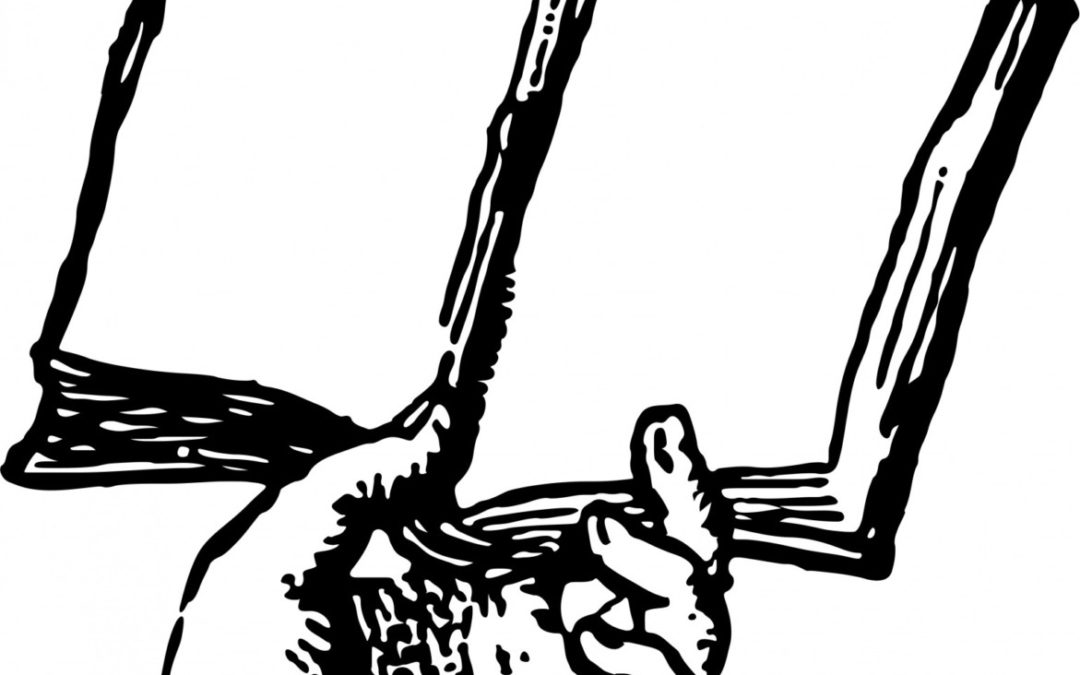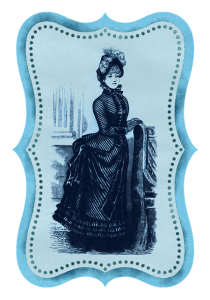
Book review: The Bartender’s Tale
you know this country…
Book review:
The Bartender’s Tale
by Ivan Doig (1939-2015)
Riverhead Books, Penguin Group (USA) Inc., New York, 2012
387 pages
If you’re an Ivan Doig fan, like me, this one will easily endear itself to you. It’s Ivan Doig-ish and it’s about a 12-year-old boy growing up with his father, in a saloon, in Gros Ventre, a likable-enough town with likable-enough people in Two Medicine country, in Montana, where the sheep are. If you’re an Ivan Doig fan, you sort of know this kind of country.
Spoiler alert: it ain’t This House of Sky. Pause. Repeat, for effect.
On the other hand, 12-year-old Rusty is a magnet for life experiences, he is a perceptive if sometimes innocent observer of what life crams into his young world, he ingenuously feels the first throbs of grown-up sadness, young love, careless aspiration, and fear of life-changing events that he sometimes only clumsily understands. Rusty is the kind of character that Doig understands.
Rusty’s relationship with his dad grows and changes from the first page to the last—for me, this plot thread is at least as compelling as the boy’s fantastic and wonderfully articulate transition from kid to person. Rusty learns from Tom even when Tom isn’t teaching, even when Tom is struggling with mysteries himself. Rusty listens in on Tom’s grown-up and sometimes overwhelming life, especially in the back room of the Medicine Lodge saloon….and the back room is stage center for Rusty and Zoe, his 12-year-old consort in young love and great adventures.
On the other hand, you see, The Bartender’s Tale is about a whole lot more than Rusty, and Tom, and Zoe. Too much more, I dare to say. For my taste, Doig gives us too many secondary characters who have primary roles, too many plot turns jumbled together, and too many momentous surprises, and here I’m trying sincerely to avoid using the distasteful word “contrived” but I think I can’t quite help myself….
Of course, I realize this sounds a bit like the Emperor telling Mozart that his music has “too many notes.” Forgive me.
Mostly I loved The Bartender’s Tale. Really, I couldn’t put it down. Really. Repeat, for effect.
* * * * * *
Book review. Copyright © Richard Carl Subber 2018 All rights reserved.
Book review: The Sea Runners
…it informs, it does not soar…
by Ivan Doig
–
Above all: Poems of dawn and more with 73 free verse poems,
and the rest of my poetry books are for sale on Amazon (paperback and Kindle)
and free in Kindle Unlimited, search Amazon for “Richard Carl Subber”
* * * * * *




